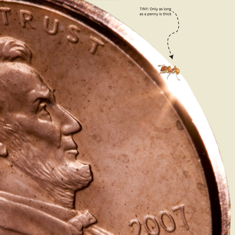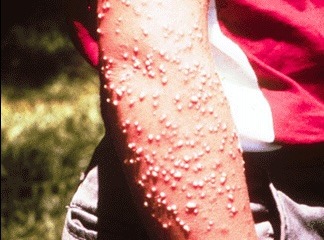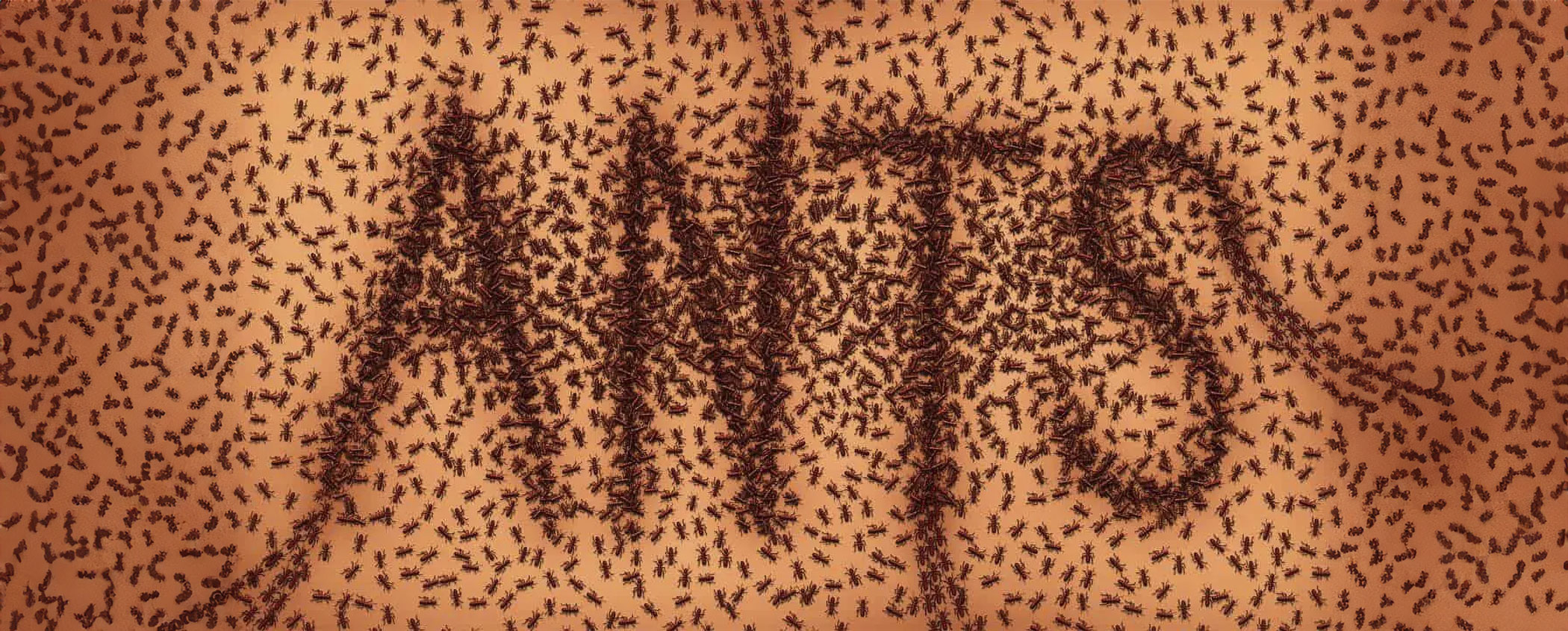Little Red Fire Ants!
What to do? Don’t wait for the state! Little red fire ants. You’ve heard of them, because their sting is epic. Maybe you’re thinking they’re out there, on Hawaiʻi island or somewhere—and someone else’s problem. That illusion was burst in our Maunawili neighborhood recently when little red fire ants (LRFA) were discovered at several homes.

The LFRA is a particularly nasty invasive insect: They’re tiny (about as big as the tip of a pen), but the painful stings create welts that can last for weeks. The ants also attack animals, including cats, dogs, birds, and even baby sea turtles—sometimes blinding their victims. They nest in trees and forage on the ground. The infestations can render yards and farms unusable. Fortunately, unlike the uncontrollable coconut rhinoceros beetle, LFRA can be eradicated, but only through a year of repeated treatment. If we care about local agriculture, we need to be proactive in preventing the spread of LRFA.
If you’ve been following the news, you know the state Department of Agriculture has little money to deal with this issue. Meanwhile, LRFA is being introduced around the island through plants transported from the island of Hawaiʻi (where the LRFA is rife) and sold in local nurseries.
At least one Waimānalo nursery has been spreading the ant knowingly. The Department of Agriculture will not reveal the name of this nursery, which then makes every nursery in Waimānalo suspect, hurting those that are being responsible.

When our neighborhood learned of the local infestations, we decided to mobilize. Our hui of five neighbors got LRFA test kits in bulk from the Oʻahu Invasive Species Committee (OISC). These included stamped envelopes for returning the test samples for identification. In addition, the OISC outreach coordinator, Erin Bishop, came to talk to us about the procedures and issues involved with the identification and eradication of LRFA. She created a map of the ‘hood and we divvied up the streets so that each hui member would visit a number of houses.
As a result of our efforts, two more areas in our neighborhood were discovered to have the ant, and we are now helping the OISC get permission to survey and treat the infected yards.
If you know your neighborhood has had an infestation, consider forming a group that will reach out, educate others, and distribute ant test kits. Because of the lack of sufficient state funding, we need to pitch in, not wait on help that may come too late.
Currently, active sites of LRFA are in Ahuimanu, Aina Haina, Hauʻula, Kaʻelepulu, Kahala, Kaneohe, Kualoa Ranch, Laʻie, Lanikai, Makiki Heights, Makiki Lower, Mililani Mauka, Papakolea, Pearl City, Waiheʻe, Waiāhole, and Waimānalo. If you live in one of these areas, contact OISC and help to contain the ant. Their number is 808-266-7994, and their email is oisc@hawaii.edu. More information is available online at https://stoptheant.org
